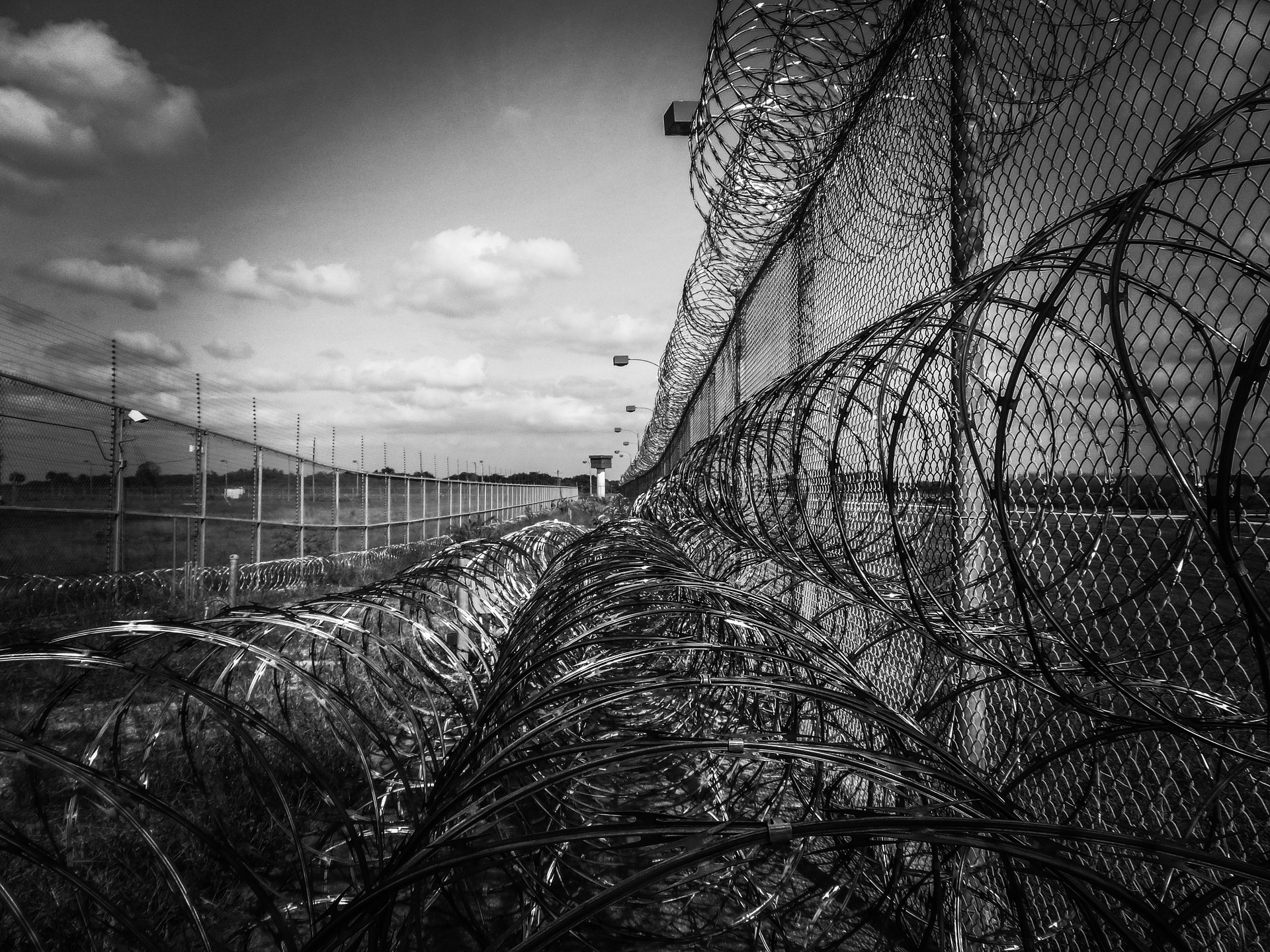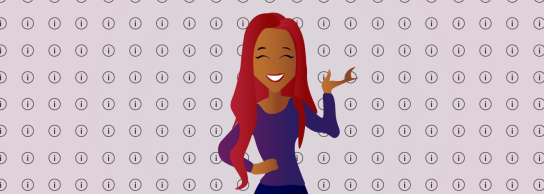 Official government figures continually inform us that a disproportionate and increasing number of Black males, including those aged 18 and under, are being stopped and searched by the police and imprisoned. Unsurprisingly, prison population data as of 30 June 2013 showed that there were 10,000 black men in prison, and this is four times their number in the general population. Youth Justice figures for England and Wales during 2012-13 showed that 21 per cent of young people (under 18) held in custody in the secure estate were from a Black ethnic background, even though they represented only eight per cent on the overall Youth Offending Team caseload. This disproportionate punishment is further evidenced by a recent report by the Institute of Race Relations (Townsend, 2015), that reveals 509 Black and minority individuals have died in suspicious circumstances whilst in state detention since 1991, with most deaths occurring in prison or police custody.
Official government figures continually inform us that a disproportionate and increasing number of Black males, including those aged 18 and under, are being stopped and searched by the police and imprisoned. Unsurprisingly, prison population data as of 30 June 2013 showed that there were 10,000 black men in prison, and this is four times their number in the general population. Youth Justice figures for England and Wales during 2012-13 showed that 21 per cent of young people (under 18) held in custody in the secure estate were from a Black ethnic background, even though they represented only eight per cent on the overall Youth Offending Team caseload. This disproportionate punishment is further evidenced by a recent report by the Institute of Race Relations (Townsend, 2015), that reveals 509 Black and minority individuals have died in suspicious circumstances whilst in state detention since 1991, with most deaths occurring in prison or police custody.
As part of Black History Month 2020 I was invited by the OU to give a presentation about my research, which you can view here.
This article will attempt to move beyond these insightful and depressing statistics, in order to highlight the real lived experiences of Black young people with regards the justice system; particularly their daily interactions with the police and other official agents of authority. Throughout this discussion I will draw on my own ethnographic research, and my experiences as a community and youth work practitioner, in East London during the past 20 years.
Discipline and Punishment in the Classroom
In order to understand Black over-representation within the UK Justice System it is/has been necessary to examine the role of the police as its ‘gate keepers’, and whilst this is still very much the case, it is also necessary to examine the role of schools and other statutory ‘Keeping It Real’: The experiences of Black Youth beyond Criminal (In)Justice statistics 2 providers of children and young people’s services. Most Black young people’s first negative experiences of the state’s punitive authority occur in the compulsory education system, beginning in primary school. Throughout some of England’s most deprived urban centres a disproportionate number of Black boys between 5-10 years old find themselves in daily conflict with mainly white female teachers, where they will experience escalating disciplinary sanctions and high rates of school exclusion. In addition to instilling them with a negative mindset about teaching and learning which continues on into secondary school, this process further serves to label too many Black boys as ‘at-risk’ and is clearly the initial starting point for their later criminalisation. Unfortunately, many of these young people are residing in communities and families that are at crisis point and /or under severe strain, as such there are too few adults who can advocate on their behalf and challenge the school system. The outcome can sometimes be very different for those young people who are able to access this kind of parental and community support.
Jordan, aged 10, had been attending an afterschool club that I had been running since he was 7, throughout the time that I had known him his mother was constantly being called up to the school – I also accompanied her to some of these meetings – and he was on more than one occasion temporarily excluded. According to the school Jordan regularly displayed disruptive behaviour and generally demonstrated a poor attitude both to learning and authority. Jordan’s mother constantly challenged the school with regards her son’s learning and whilst it was ascertained that that he was sometimes ‘boisterous’ and ‘lively’ in class, it transpired that this was because he was academically ‘very able’ and was finishing his set work well before his class peers. It was apparent to both myself and his mother, and confirmed by Jordan, that his behaviour was triggered by boredom. When this situation was pointed out to the school, his teacher initially responded by saying that it was impossible in a class of 30+ pupils with widely varying abilities to set individual learning plans for each and every one of them. Nevertheless, an important point had been acknowledged by the school which eventually softened its position and conceded that rather than labelling Jordan it should be doing more to meet his particular learning needs.
It is not an exaggeration to say that almost all of the Black young males (and a considerable number of their female peers) that I have worked with or interviewed expressed their dislike of school and in particular the unfair treatment that they had received from teachers.
…especially toward the end I didn’t enjoy it [school] at all. In Year 11 I didn’t enjoy it at all. Jumped out like every day. ....I didn’t like school because, I think it was, um, boredom for one and a lot of, I had a lot of problems with teachers
(Randall, 17)
Although some teachers were held in very high regard by the young people, they described many others as ‘rude’, ‘biased’, ‘condescending’ and would routinely put down Black students saying that they would end up ‘stacking supermarket shelves’ or ‘in prison’. It would seem that these confrontational statements were intended to humiliate the young people who in turn would respond in an equally confrontational manner. However, it would more than likely lead to them being disciplined, the young person would refuse to accept the punishment and so it would lead to a temporary exclusion. Of course in the most troubling of cases temporary exclusions would in a short space of time escalate and become a permanent exclusion.
….got chucked out of school when I was 12 so I haven’t really got any [referring to his lack of GCSE’s], they sent me to a school, like a naughty school, it’s called a naughty school and I never attended there neither, I wasn’t really a school person.
(Martin, 18)
As a community and youth work practitioner, I constantly found myself advocating on behalf of young people, usually at the request of beleaguered parents who were at their wits end about what they could do to prevent their child from being thrown out of school. In most cases it was a role without much success, as at the disciplinary meetings it was always the case that the school had already made up its mind about excluding the said Black male student, and there was nothing that could be said or done that would make them reconsider their position.
Surveillance as Early Intervention
The impact of neo-liberal government social policies on children and young people’s services over the past four decades – specifically the continued cuts to (and/or re allocations of) public expenditure – has resulted in the move away from universalist to more targeted provision. Multi-agency partnership working and the commissioning and delivery of early intervention programmes for ‘at-risk’ children and youth is central to this model of current practice. Although the development of targeted youth services dates back to the late nineteenth and early twentieth century’s, it was ambitiously revitalised under New Labour in the 1990s and a key feature of the previous coalition government’s anti-gangs and troubled families’ programmes. In a climate of austerity many third sector service providers, who have been particularly affected by these funding cuts, are compelled to engage with central government initiatives that have ring fenced funding attached. Local authority service providers (who on one hand implement these cuts to front line services) similarly have to buy into national programmes like ‘Ending Gangs’ and ‘Troubled Families’ that can bring in extra (or ring-fenced funding) resources.
However, the fundamental questions that arise from all of this are firstly who gets to define who is at-risk, and what are the defining criteria? This model of multi-agency working requires that representatives and ‘professionals’ from housing, probation, children and youth services, youth offending teams, education, social services and the police hold regular case meetings to categorise, label, and monitor those children, young people and their families whom they deem to be ‘at-risk’ or ‘troubled’. Additionally, the payment by results public sector funding model currently in favour incentivizes statutory and third sector service providers - all of whom are faced with severe cuts to their core funding - to secure extra or ring fenced funding by identifying as many at-risk young people as they possibly can. This is not very difficult as just like the problematic official definition of the ‘street gang’, it is a very broad and catchall label. Indeed, outside of safeguarding and child protection, the two categories or warning signals that trigger the ‘at-risk’ label to be applied the most are those pertaining to education and crime, unsurprisingly Black male youth score highly on both of these.
Discipline and Punishment on the Streets
Whilst targeted early intervention and multi-agency working has had a profound effect on the management and delivery of children and youth services, not all beleaguered practitioners – whether in housing, youth offending teams, or children and youth services – are happy about their new role as ‘junior partners’ to the police and other justice sector agencies.
They don’t learn, and like they continue to target and be heavy handed with our youth, you know everything’s about drugs and gangs…..All this targeted youth work stuff, its like we can only work with young people if they are in a ‘gang’………. the police I just found they got in the way……… They just come in and cause problems and leave, there is no come back for them, so they feel they can act how they like
(Youth Worker)
This ‘acting how they like’ refers to the aggressive and confrontational manner in which the police interact with Black youth on a daily basis, on the streets and other public spaces. Of particular concern is the behaviour of officers working within the Territorial Support Group (TSG) who, in contrast to the Safer Neighbourhood Teams, have no connection to the local communities they are deployed to police. I have witnessed on too many occasions TSG officers swooping into action and harassing countless numbers of young people in the pursuit of drugs or weapons – even threatening myself and other concerned adults who try to intervene. They will attempt to publicly humiliate their young ‘victims’ by making them take of their socks, footwear, head gear, and any outer clothes garments, throw them forcibly up against walls, make racist comments, and insult their mothers. Unfortunately, it is such an everyday occurrence that many Black young people see it as ‘normal’.
To be honest like, I get stopped on a regular when it first happened I was like angry and that because they can get rude and a bit hyper. They try to intimidate you and get a reaction and all the good cop bad cop s**t, and when you are younger it like kinda works. But now, after a while I just got used to it, like I thought it was normal……You know to be true like, I been stopped too many times, I can’t really remember how many but definitely too many.
(Jamal, 16)
[laughs] yeah….one day I think I was stopped about seven times. Apparently I fit the description of someone that robbed a gang. Well, I'm not robbing a gang. And, what was the other one? The other one was because I was riding a bike, er, I was doing a wheelie round the park, they said it was reckless riding, but really, I'm not on the road so I'm allowed to do that, they just kept stopping me as well…….Oh yeah, there's been like a month where I have, like every day I go out, I get stopped and searched
(T-jay, 17)
It should also be noted that the vast majority of stop and searches do not end up in the official statistics, as they are not necessarily recorded and the discretionary nature of police work allows for this. Consequently, there were many occasions when young people had not been given a ticket acknowledging that they had been stopped and searched, or indicating the reason why and by whom. There are a number of youth work projects (some even involving the Metropolitan Police Service) that aim to train young people to know their rights around stop and search, as well as guidance on how to avoid conflict situations on the streets with police officers. However, whilst such projects are in principle clearly a positive development, I would also hasten to add that they can also be counter-productive. This is because many police officers do not take too kindly or react well to a young person (or even an adult), whether they are polite or not, asking them questions and reminding them about the procedures that they should be following.
It is clear that Black youth are being targeted and disproportionately punished by the Criminal Justice System, of course this is not a recent development and can be traced back to the early 1970s with the ‘mugging crisis’. However, four decades later and we find ourselves in the midst of a ‘gangs crisis’ played out in the media, with commentaries and news stories drawing upon police statistics detailing the ‘avalanche’ of violent crimes being committed on a daily basis by Black inner city youth gangs. According to the Metropolitan Police Service (MPS), during the three year period up to February 2014, there were 6,600 gang crimes committed by nearly 3,500 gang members, some of them aged as young as 13. Interestingly, it turns out these figures are derived from offending data recorded on the MPS gangs matrix, this confidential (quasi-secretive) database draws on criminal records and intelligence from ‘police, probation, prisons and other experts to identify Londoners who are gang members’ (Bentham, 2014, p. 2).
The problem here relates to the reliance upon criminal records and intelligence from justice sector agencies including the police to identify gang members. Particularly, as the now standard definition of the ‘street gang’ – characterised as a durable, discernible group of street based young people engaged in criminal activity and violence – as used by the MPS, is an ambiguous and catchall description that unfairly labels disproportionate numbers of Black young males as gang members due to their dress wear, musical preferences and peer friendship networks. In addition, the use of the gangs matrix only serves to formalise the discretionary biases of police officers and other justice sector experts by criminalising family members, friends and acquaintances of alleged ‘known gang members’; and fundamentally it is used as a means to justify oppressive police practices.
….well, in Dungle [local neighbourhood] they basically only focus on certain people, because in that area so many, well it's only black people that are getting stopped all the time. There's only like one or two white kids that are rolling around with the black kids, but they just look at how you're dressed, how you walk, they just target those people.
(Ayo, 17)
Unfortunately, the targeting and criminalisation of Black youth extends beyond the Justice System into other sectors like housing, youth services and in particular schools via multi agency early intervention programmes and specialist gang awareness training courses.
THIS ARTICLE IS NOT AVAILABLE UNDER CREATIVE COMMONS LICENSING
Gunter, A. (2015) ‘Keeping it real’: the experiences of black youth beyond criminal (in)justice statistics, Centre for Crime and Justice Studies. A pre-publication and edited version of an article published here.




Rate and Review
Rate this video
Review this video
Log into OpenLearn to leave reviews and join in the conversation.
Video reviews